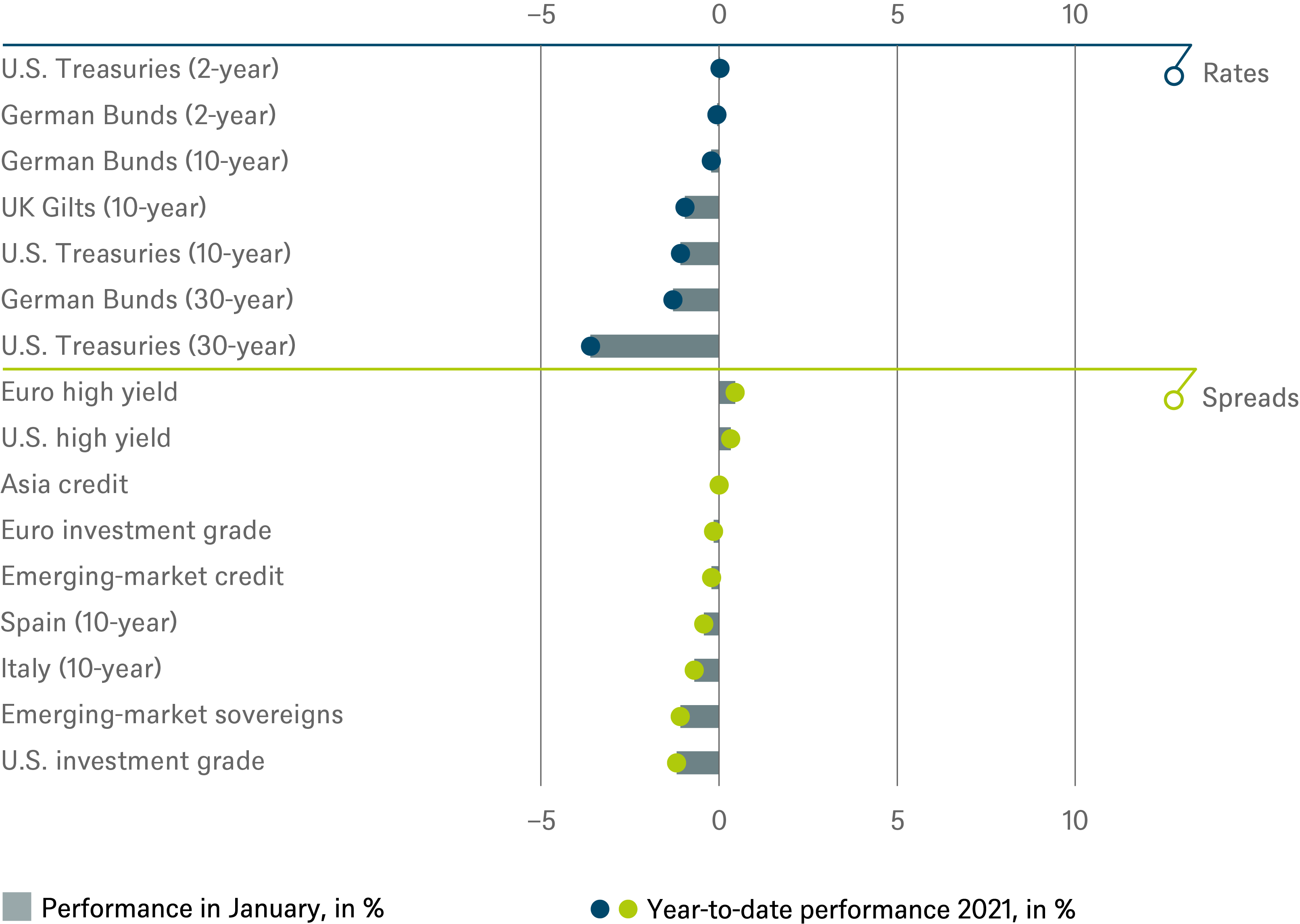
- #Dws global natural resources equity typ o how to
- #Dws global natural resources equity typ o drivers
At the time of this article, the list includes BP, Chevron, ExxonMobil, Royal Dutch Shell, and Total SA (and sometimes ConocoPhillips). Super Majors: These are the largest oil firms in the world. The latter is easier to explain, so we’ll start there: The two most common methods are by stage and company size. Q: So how is your group divided? What are the different segments?Ī: Much like other groups, the oil and gas sector can be viewed in different ways.

Surveying the Landscape: Successful Exploration Expenses & Intangible Drilling Costs

Reading something like this would be a quick starting point – here’s a chapter on natural resources microeconomics. I know some people get placed randomly, but you definitely want to do the “pre-season training” ahead of time if you can.īack in 2003, there was a booklet called “Economics of the Natural World,” by the US Academic Decathlon. If you didn’t study natural resources in your major, at least take a class. There’s so much jargon and so much to know that you really need some type of exposure beforehand. Unlike other sectors, where you can get in without much industry knowledge, sector expertise is highly valued in oil & gas. The bankers saw I already had an energy background, so the conversation was pretty easy from there. When it came time to apply for investment banks, I contacted alumni, cold emailed boutiques, and reached out via LinkedIn to anyone I had something in common with. Another reason (drum roll) is the gold-plated exit opportunity.Įven with only a 3-month internship, people look at you differently and expect a little more from you. This is one reason why you see engineers trying to get into investment banking following their internships in industry. At an investment bank, your work is much broader, macro-oriented, and you might even say you have a bird’s eye view of things. Q: And so you wanted to move into banking to get a broader view of the sector?Ī: Exactly. Working at a “normal” company in this industry is very different from working at a bank – for instance, if you were doing finance at a place such as ChevronTexaco, your work would be more focused on a narrow line of activity at that firm, though you’d still need solid attention to detail. I started off wanting to be a petroleum engineer, and had a couple of internships working in laboratories and then in offices. A lot of people here in New York work in finance, but as you’ve said before, if we were all in Texas, we would all talk about how we’re in oil and gas. Nowadays, students tackle broader “energy allocation studies,” including utilities / power generation and alternative energy. How is your story different?Ī: I actually studied petroleum engineering in college, which focuses on calculating the availability of resources.

Q: A lot of analysts and associates get placed into their respective groups by happenstance, luck, or just good ol’ networking.

#Dws global natural resources equity typ o drivers
#Dws global natural resources equity typ o how to
Who gets into oil & gas investment banking and how to maximize your chances of breaking in.Here’s a quick geological survey of the land ahead, before we dig in and start drilling wells: We have a sector specialist onboard today who’s going to break it down and explain everything to you. Not only do you see some of the biggest deals with the world’s largest companies, but you also learn new accounting techniques, valuation methodologies, and maybe even something about petroleum engineering.Įverything within the natural resources group – metals/mining, oil & gas, and power and utilities – is like a cross between industrials and commodities, and you see that most of all with oil & gas – where some sectors (upstream) are commodity plays and others (oilfield services) are much closer to “normal” companies. If there’s one coverage group that’s even more desirable than metals and mining, it just might be oil & gas investment banking.


 0 kommentar(er)
0 kommentar(er)
